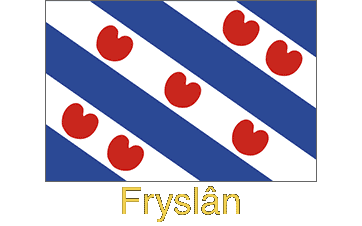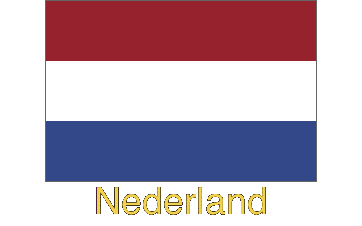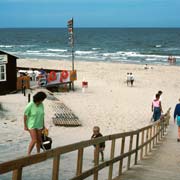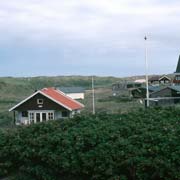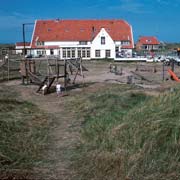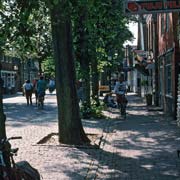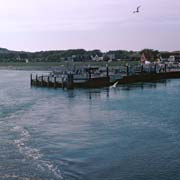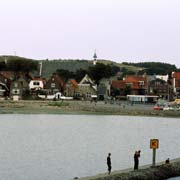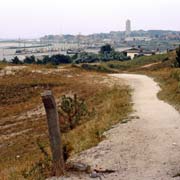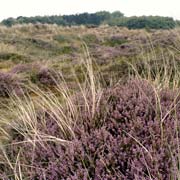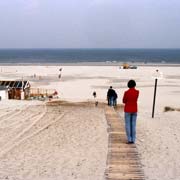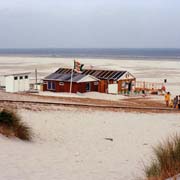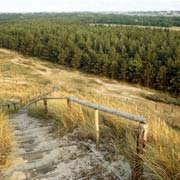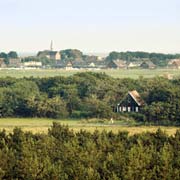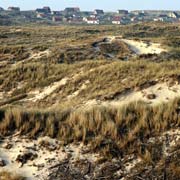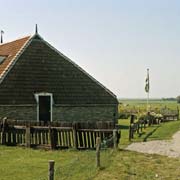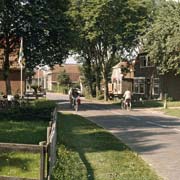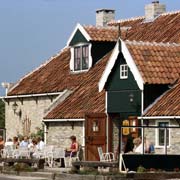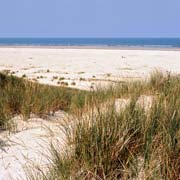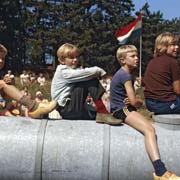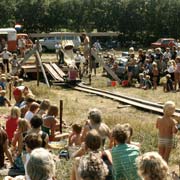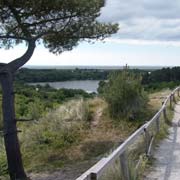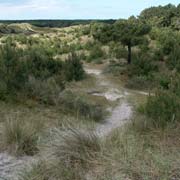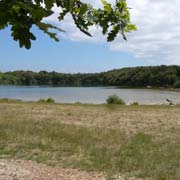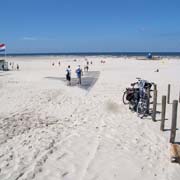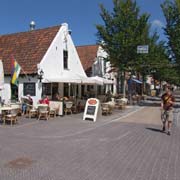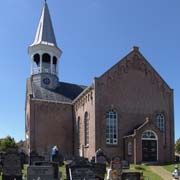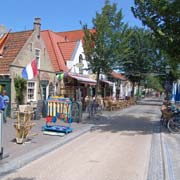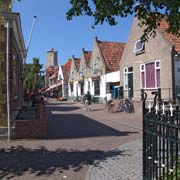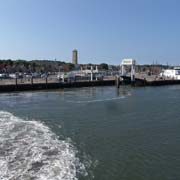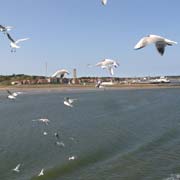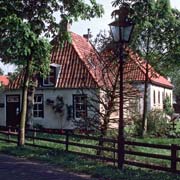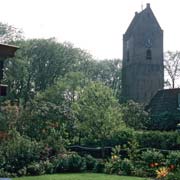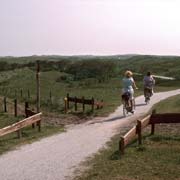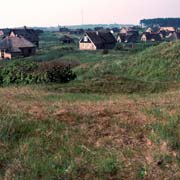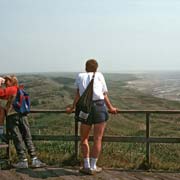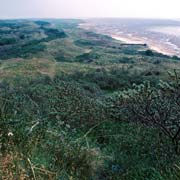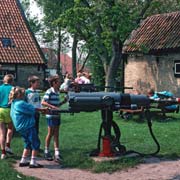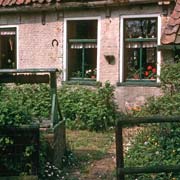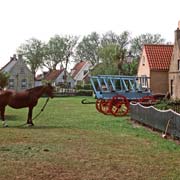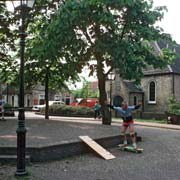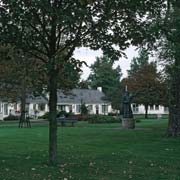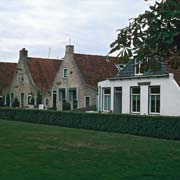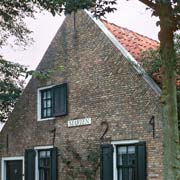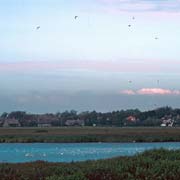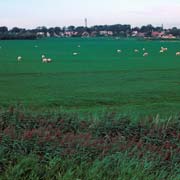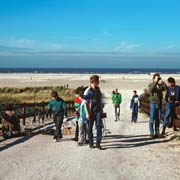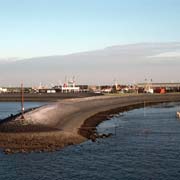Photos of the Frisian Wadden Islands, the Netherlands
The Frisian Wadden Islands
The "Waddeneilanden", the islands off the Frisian coast, provide wide panoramas of beaches, sand dunes, valleys and forests. These islands are ideal for walking and cycling. There are picturesque villages, holiday homes and camp sites. The Waddenzee, the sea separating the islands from the mainland, has been declared a nature reserve. The two western islands, Vlieland and Terschelling, are accessible from the port city of Harlingen by daily ferries while the two eastern islands, Ameland and Schiermonnikoog, are accessible by ferry from resp. Holwerd and Lauwersoog.
you may then send it as a postcard if you wish.
Vlieland (Flylân), the westernmost of the Frisian Waddeneilanden, is 12 kilometres long and on average 2 kilometres wide and cars are forbidden here. There are forests, protected bird nesting places and marked hiking paths. The only village is Oost-Vlieland, as the name indicates, is on the eastern point of the island, with picturesque 17th century houses.
Terschelling (Skylge in Frisian, but on the island itself "Schylge") is just to the east of Vlieland; it was ceded to Holland in 1615, and returned to Friesland in 1942. It is the largest of the Frisian Waddeneilanden (Wadden Islands), 19 kilometres long and on average 5 kilometres wide and very popular with holiday makers. The whole northern coast consists of a very wide sandy beach. There are forests, dune valleys and vast reed covered plains. There are many walking, cycling and equestrian riding paths. The Landerumerheide and Koegelwieck are beautiful nature reserves with dunes covered in heather. There are four villages: West-Terschelling, where the ferry docks, Hoorn, with its 13th century church, Midsland with its old houses that belonged to whaling captains and Oosterend in the east; beyond that is the Boschplaat, a lonely expanse of forested dunes.
Ameland (It Amelân), is a little over 15 kilometres long and has an area of 60 kilometres². The northern coast has dunes and lengthy beaches. The dunes are mostly easily accessible, except the protected nature area "Het Oerd" that occupies most of the east of the island and has a large colony of seagulls. In the three villages of Hollum, Ballum and Nes (where the ferry docks) can be seen the houses that belonged to whaling captains and in Nes is a museum that highlights the nature around Ameland.
Schiermonnikoog (Skiermûntseach) is the easternmost and smallest of the Frisian islands, only 10 kilometres long and 2 kilometres wide. Its name derives from the "Schier" or grey-robed monks who used to live in a monastery here. No cars are allowed on the island. The island has large fir tree groves and, especially in the east, vast sandy beaches that are still expanding under the influence of sea and wind. Most of the island is a wildlife reserve and a haven for many species of birds: gulls, terns and ducks, among many others. During the time when the birds incubate their eggs, these areas are closed to the public.
